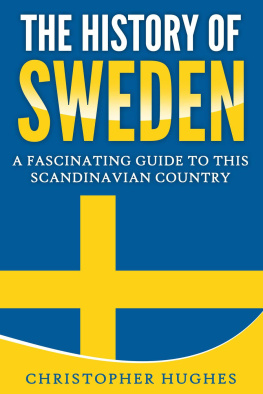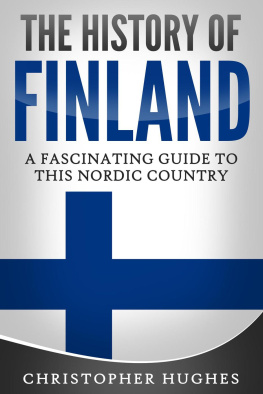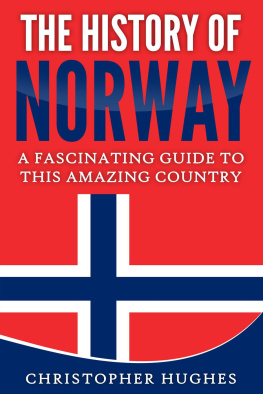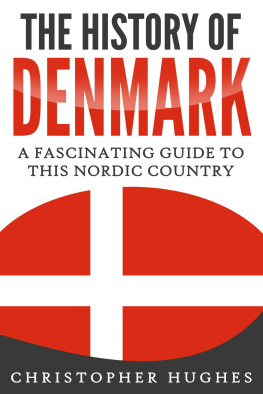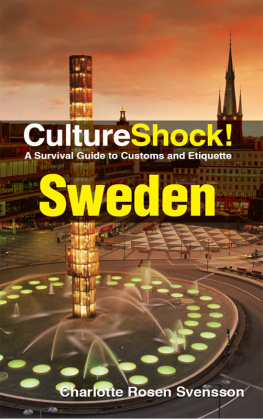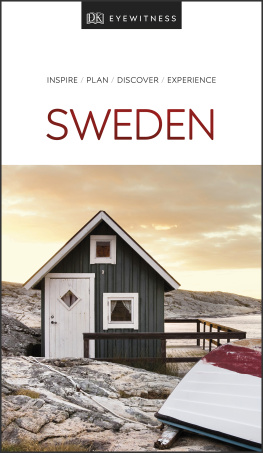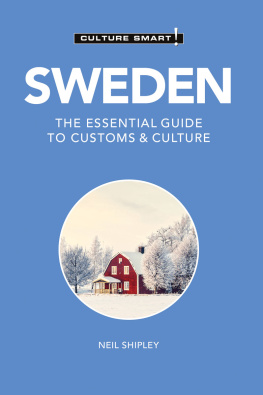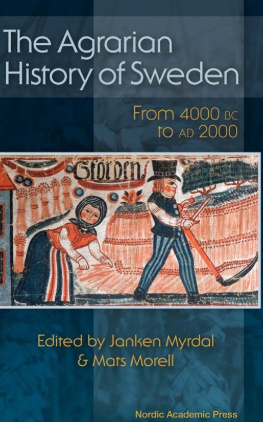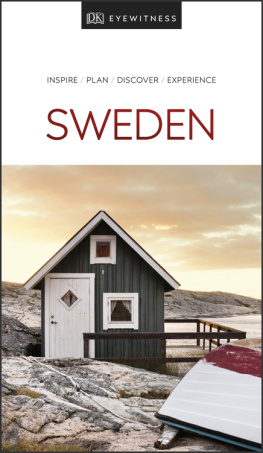The History of Sweden: A Fascinating Guide to this Scandinavian Country
By Christopher Hughes
Copyright 2020 - All rights reserved.
The content contained within this book may not be reproduced, duplicated or transmitted without direct written permission from the author or the publisher.
Under no circumstances will any blame or legal responsibility be held against the publisher, or author, for any damages, reparation, or monetary loss due to the information contained within this book, either directly or indirectly.
Legal Notice:
This book is copyright protected. It is only for personal use. You cannot amend, distribute, sell, use, quote or paraphrase any part, or the content within this book, without the consent of the author or publisher.
Disclaimer Notice:
Please note the information contained within this document is for educational and entertainment purposes only. All effort has been executed to present accurate, up to date, reliable, complete information. No warranties of any kind are declared or implied. Readers acknowledge that the author is not engaging in the rendering of legal, financial, medical or professional advice. The content within this book has been derived from various sources. Please consult a licensed professional before attempting any techniques outlined in this book.
By reading this document, the reader agrees that under no circumstances is the author responsible for any losses, direct or indirect, that are incurred as a result of the use of information contained within this document, including, but not limited to, errors, omissions, or inaccuracies.
CONTENTS
| Ancient History | |
| The Viking Age | |
| Medieval to Modern | |
| Enlightenment & Industrialization | |
| Sweden on the Worldwide Scene | |
| Contemporary Sweden | |
| King and Country | |
| People and Culture | |
References | |
S weden, or more technically , the Kingdom of Sweden, is a Nordic neighbor to Norway, Finland, and Denmark, larger than all three and fifth-largest in the entire European Union. It is led by King Carl XVI Gustaf and Prime Minister Stefan Lofven and operates on a social welfare system common in the Nordic countries, with high ratings of citizen happiness, quality of life, wealth, and overall security.
Swedish history began in approximately 12,000 B.C.E., when the Northern Polar Ice Caps melted away, making way for the migration of peoples from other areas. The first known settlers of the Swedish region were members of the Bromme Culture and settled during the Late Paleolithic period, migrating north from southern encampments at the conclusion of the Last Glacial Period.
The Bromme Culture is believed to have existed from about 11,600 B.C.E. to approximately 9,800 B.C.E. They were largely nomadic people who subsisted by hunting moose, beaver, wolverine, and most importantly, reindeer. Settlements were established in Denmark, Zealand, Schleswig-Holstein, and on the site known as Segebro near Malmo in Sweden. They bore significant similarities to and some say were one in the same with the Ahrensburg culture, and much can be learned from both. The earliest use of the bow and arrow can be dated to these cultures, though earlier societies may have used them.
Migrations of these groups at the end of the Ice Age were driven in part by the extinction of megafauna. Animals such as mammoths had died off, cutting out a huge portion of early peoples food supply chain. They turned their attention to smaller prey animals, such as reindeer, and towards alternate food sources such as fishing. Foraging also greatly rose in prominence as the warming of the earth following the period led to an explosion of plant life. These shifting focuses on food collection, and an increased amount of inter-tribal contact, ultimately led to the establishment of Neolithic farming.
The people of both the Bromme and Ahrensburg cultures were crafters, making tools and art objects to facilitate and beautify their lives. Fish hooks, bows and arrows, different small sharp-edged tools, and carved amber animals have been discovered. Oftentimes, settlements can be identified as belonging to certain cultural groups by the specific ways they carved the tips of their blades and flint arrow points. Evidence of ritual sacrifice of deer and other animals have been established, as well as the remains of encampments indicating that they traveled and lived in teepees made of animal hides.
These two groups migrated to Sweden from the north and the south, meeting and intermingling in the middle, ultimately merging their cultures. Genetic research on the populations has revealed that those who migrated in from the north tended to have light skin and varied eye colors, while those coming in from the south had darker skin and blue eyes.
After the complete recession of the polar caps from the area, the landmass started to uplift. Quite literally, the earth was no longer weighed down by gigantic masses of ice, and the release of pressure allowed it to rise to where based on the Earths pressures and gravitational pull it more naturally fell. This was more rapid during ancient periods, but continues at a much slower pace today. It is evidenced most dramatically by the locations of historic discoveries. Areas that have been identified as the camps of the earliest Swedish seal-hunters now rest on mountain tops. If one were to walk from the mountains peak camp to the sea, continually later-period seal-hunter camps are discovered, as generation after generation moved further away to account for this continental uplift.
Following the end of the Paleolithic period in 9,600 B.C.E., the Mesolithic period arose in ancient Sweden. This would mark the final age of the full hunter-gatherer in the region. Weapons and tools became more finely crafted and could rarely be described as crude, unlike Paleolithic counterparts. Burials and culture during this time were still regarded as rather basic, though small art-objects and ritualized burial were practiced, albeit on a small scale. Most settlements remained mobile, shifting with the seasons, with the only entrenched campsites and long-term settling places built near bodies of water in warmer climes where fishing and gathering could be guaranteed to provide options more year-round. Typically, groups would scatter in the summer, splitting off into family units that spread across large swaths of territory while maintaining social and trading contact. This allowed for a better distribution of resources. If too many people gathered in one area, it could quickly be hunted and gathered to exhaustion, causing fights or starvation. Instead, when resources were abundant, space between groups allowed for better distribution. During the winter months, when more organized collection was needed large-scale fishing or hunting bands needed to be organized families and small tribal groups reconvened into larger settlements along rivers or lakes to wait out the cold months and provide mutual support.
Next page
